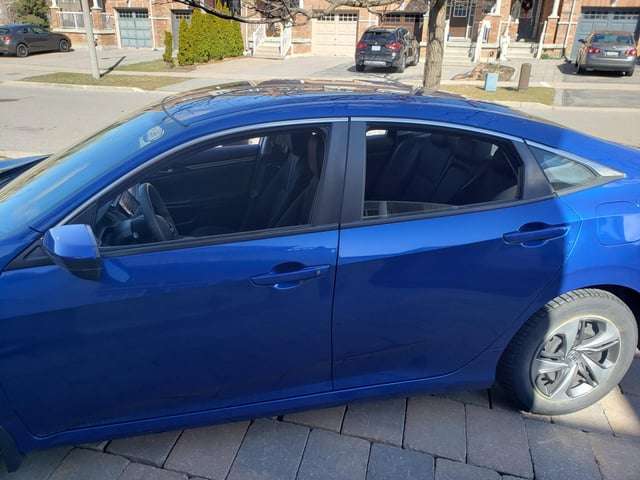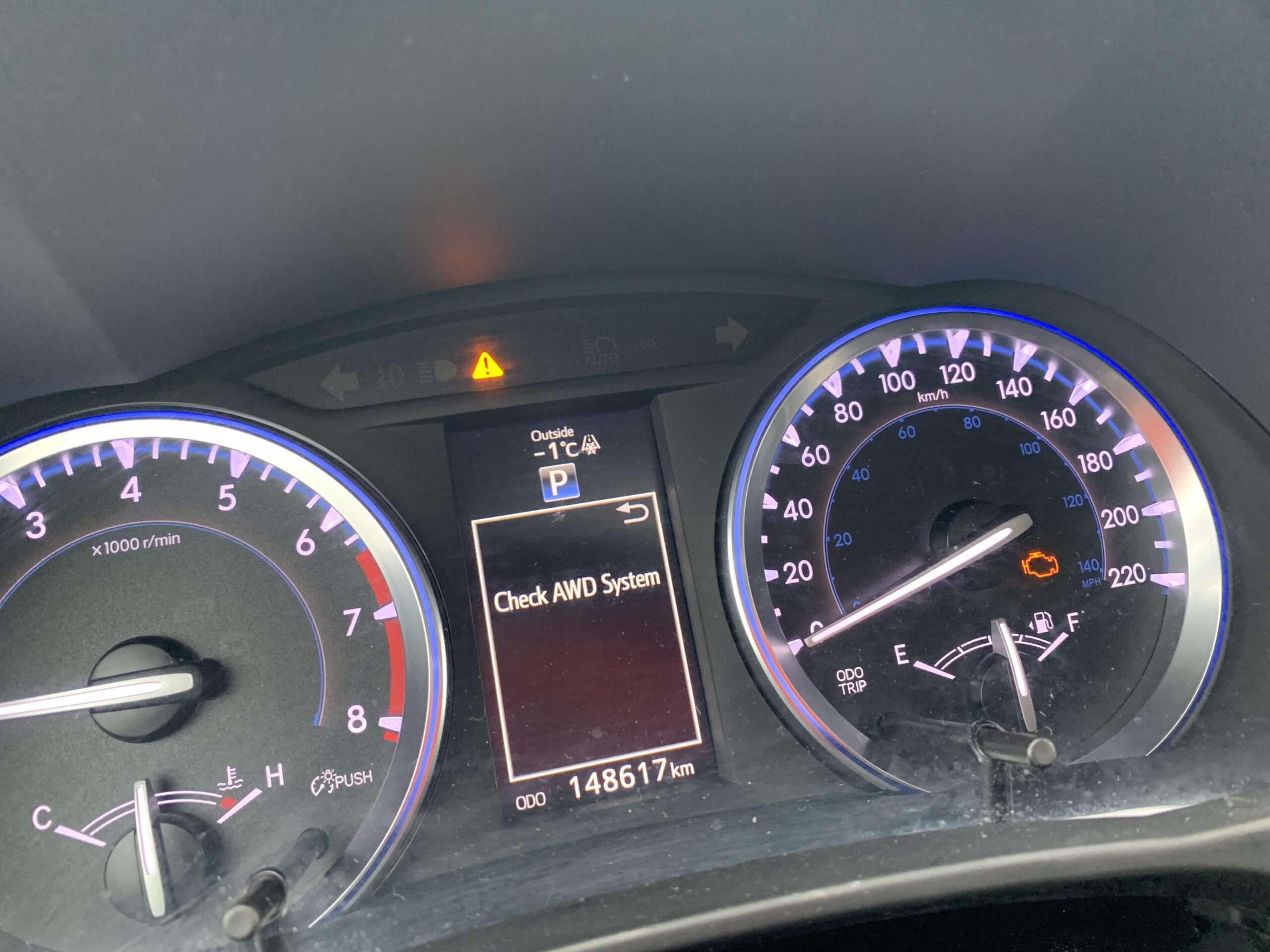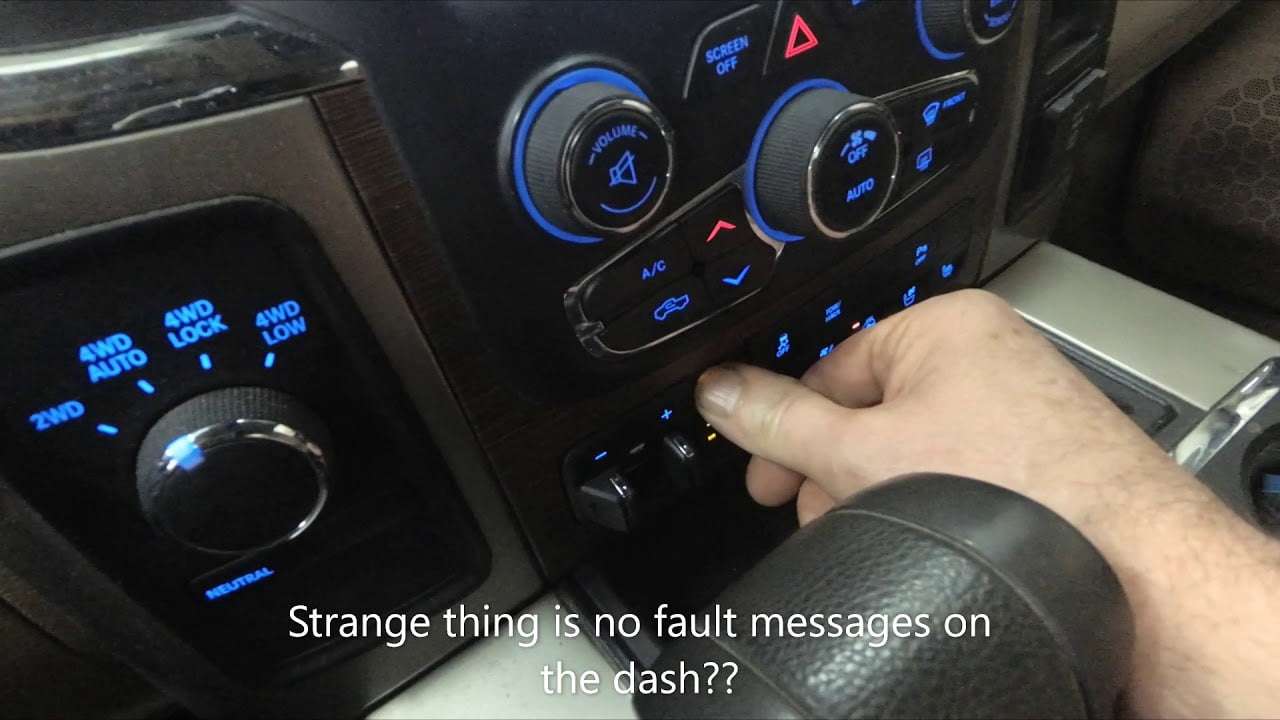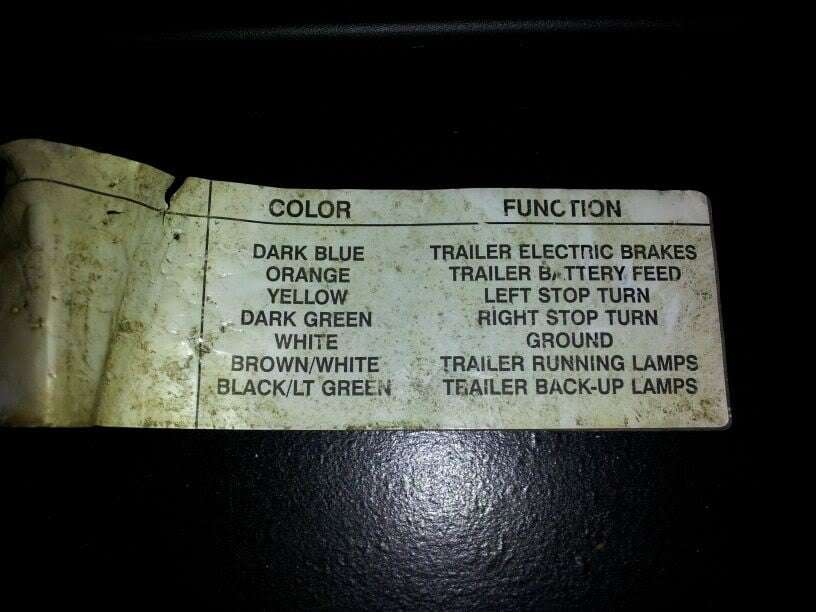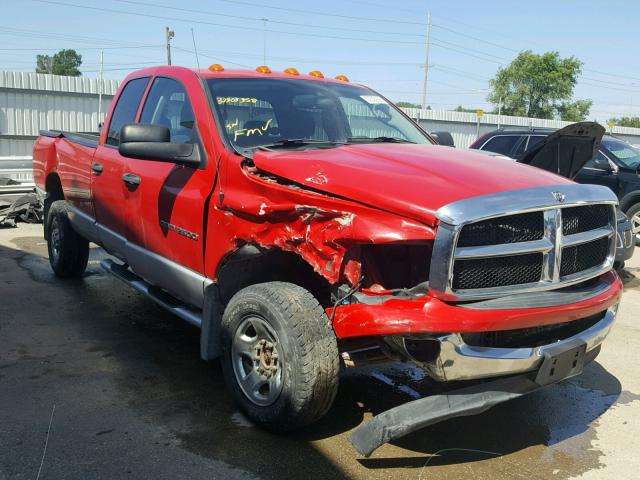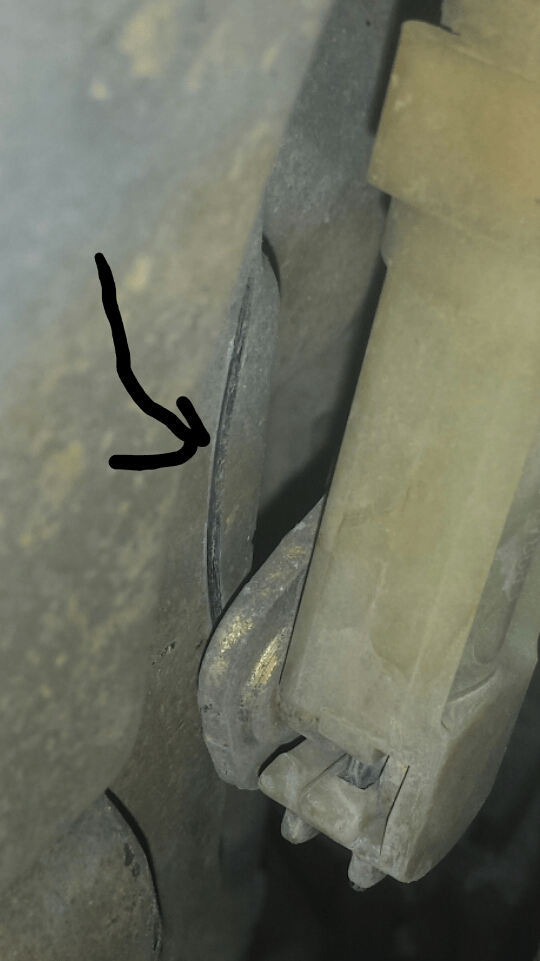A powerful and classic car is made up of several parts that function harmoniously to give you the right driving experience. If any of these vital parts get damaged, it will depreciate the performance of your vehicle, and make the car unsafe to use.
A responsible driver should have knowledge of all the vital parts of their vehicles, and how they function.
This is going to help you have a better understanding of the way your entire car system operates, and how to handle malfunctions.
We will structure out 30 vital parts of a car and how these parts function to enable you to learn more about your vehicle and get you familiar with the most essential car parts. Please take note.
Car Body Parts Names
Car Door
Automobile manufacturers design doors in cars as a way of opening to enable drivers and passengers to enter and get out of the vehicle.
The door is usually attached to the vehicle with a firm hinge that helps it maintain its stability, even as you open it. A lot of people are not aware of the several designs of doors for cars.
Especially in modern vehicles, many of them come with different door types.
These doors most times have a window to help you see what’s going on while inside the vehicle, and both the windows and doors can be locked to keep the car secure. You can open the doors automatically or manually.
Although, most old vehicles have the manual option. Luxury vehicles or minivans have power doors.
Side Mirror
Two major types of mirrors are used in cars, and it is the rear-view and side-view mirrors.
Side-view mirrors in vehicles are also called wing mirrors.
You can find these mirrors on the exterior surface of the vehicle, and they are there to help you have a back view while you drive, including the side view, or areas outside your peripheral vision.
The side view mirror also alerts the driver of probable accidents that can occur from the back.
The benefit of the side mirror is to allow you to get a broader view of the sides of the car to help eliminate blind spots as much as possible.
The rear-view mirror has more than one purpose that keeps you secured.
It enables you to maintain a level of alertness when you drive, as it allows you to see the back of your vehicle without having to turn your head. This mirror is most especially relevant when you are trying to reverse.
Roof
The roof of a car is the topmost part of the vehicle, which is above the passenger section, shielding the interior part from the top.
It also protects the occupants in the vehicle from rain, sunlight, and other weather conditions.
The ceilings are made with headliners that insulate the interior against noise, and heat, and they also keep wires and other components used for antennas and other electrical accessories.
Wiper Blade
It’s possible that all vehicles have a wiper blade, and this includes buses, trucks, cars, and other automobiles. These blades are so much relevant in clearing the driver’s screen to improve vision quality, especially during show, rain, or other debris settling on the windshield.
As a driver, you cannot overemphasize the importance of having a clean screen to aid see what’s in front of your vehicle. It is even wise to not drive a car that doesn’t have a wiper blade or a replacement.
Wiper blades are useful during rainfall to prevent droplets from blocking your visibility and to avoid any sort of accident. The blades are typically made with rubber, meaning they will deteriorate with time.
So, you have to get them changed at least every 6 months interval.
Headlights
All drivers would appreciate the function of the headlights, mostly when your vehicle has a good one. Headlights illuminate the road at night, don’t make you become tired and keep you safe while driving at night.
There are mainly two kinds of Headlights available: the high and low beam headlights.
Car headlights are placed at the front end of every vehicle. The lights let you see where you are going clearly enough, and it is mostly used during dark hours.
Some drivers also use them during the day to alert other drivers of the presence of their vehicles. Several other types of lights are designed for cars, and they have a significant function.
Front Bumper
The front bumper might seem like an insignificant part, or just for aesthetics, but this simple part plays a very vital role in all vehicles.
Bumpers are structures that protect your car when it comes in contact with anything. The usefulness of the front bumper is to guide your vehicle if you encounter a sudden hit.
If that happens, the bumper will absorb a large amount of the impact during light collisions to avoid any severe damage to the car, driver, and passengers.
Fog Lamp
The major function of the fog lamp is basically to keep your vision bright when visibility becomes low; anything lower than 100m.
This lamp will help brighten your view below the fog to enable you to see the road and avoid the added beams from the fog. You have available two kinds of lamps installed in vehicles.
Rear fog Lamps:
The rear fog lamps are just as useful as the front fog lamps, even more relevant. This light has a bright red color which lights up in bad visibility to make the car view clear.
They are important when you drive at low speed, or when you have a car behind you. It makes it easy to tell the other drivers to slow down.
Front Fog Lamps:
The front fog lights mostly come with yellow brightness because it helps to filter the blue part of the white light, and this causes it to shine very brightly.
But know that not every fog lamp shines yellow, and not all yellow lamps are classified as fog lamps.
The Bumper Grille
The job of the bumper grille is to cover the front part of your car while allowing your engine to receive cool air and release hot air.
Whenever you turn on your engine and drive, immediately it sucks air through your grille to provide the engine with additional ventilation from the engine bay.
Most importantly, the grille safeguards the radiator and lets cool air flow through your radiator.
You can also find the bumper grille in the front wheels of your vehicle, and in that position, they help to cool down the brake. Also, in the cabin or back trunk lid.
Crash Guards
Manufacturers typically mount the crash guards to the car chassis or front frame.
You can see this commonly in SUVs, and the guard is there to protect the vehicle from damage in case of accidental or deliberate collision.
Crash guards are one of the vital protective car components that play a deep role in preventing your vehicle from moving after any collision.
These guards are crafted from heavy-duty steel, and that proves their effectiveness in shielding the front of your vehicle. Besides giving your vehicle the protection it needs, it also adds beauty to your car design.
Rear Bumper
Just like the front bumper protects the front side of your car, the back bumper prevents the back end of your vehicle from getting damaged after a back collision while taking a reverse or from another vehicle behind.
The effectiveness of the bumper is shown in low-speed accidents, as they might not really do much during heavy collisions.
Having been made of steel, the rear bumper can comfortably absorb the shocks from the collision. You can also find plastic or steel bumpers. They also protect the cooling system, trunk, and grille.
Cowl Panel
A lot of drivers might not know about the cowl panels in their vehicles.
These panels are very essential parts of the car body. The manufacturers use them as a cover that closes the space within the windshield and hood. The cowl panel supports the dashboard, and it makes sure that no unwanted part is on your windshield wiper or the areas of your cabin filter.
Fender
A fender is the part of your vehicle with a curved design that rests on the top of your car wheels and holds them firmly.
Fenders are not just only a safety component; they also assist in improving the overall attraction of your vehicle.
Its main function is to safeguard and shield the passengers in the vehicle, including the interior, by not allowing sand, mud, water, or other liquids from being thrown into the air due to the spinning tires.
Sunroof
A sunroof gives your passengers a good look at the sky, and it also keeps the vehicle well-ventilated. Allowing the sunshine in your car gives you the feeling of open space.
You can see different designs of panels on the roof of cars. Either the ones that can slide by just pushing a button or others that are operated manually; you need to pull it out to let light in.
This component is quite expensive, and to install the mechanism that controls the sunroof, you might have to pay a little more. You need to always clean it regularly, being made of glass, rubber and motor it requires a high level of maintenance.
Quarter Window
You can find the quarter window just before your front door glass or after your rear door glass.
Some manufacturers might fix this type of side window in the corner of the vehicle. This design allows you to have a quick look at the road, so you can know the best time to park, change lanes, or turn safely.
Quarter windows are also found in old vehicles, it is triangular in shape, placed at the front, different from your main window.
Deck lids
Your car’s trunk lid, also known as the deck lid, is the major luggage compartment, often installed at the back of your car, like the convertible or sedan.
Deck lids are more than just a storage system, it is a full storage compartments, so you must use them for their actual cause. You must clean it often. But keep in mind that the more load it carries, the more likely your vehicle will consume more fuel.
Wheels
The wheels are the simplest but very vital part of your car body. Without wheels, there’s no way your vehicle is going to move. Wheels are circular structures that engage in rotary motion, and they are responsible for driving your vehicle from one point to another.
Your tire is the rubber component that is wrapped around the wheels and then pumped to a specification. The wheels can spin without your tires fixed, but that’s not good for any vehicle.
Without your tires in place, your vehicle won’t go far, and they quickly slip on the road. You can find various types of quality tires in the market.
Mufflers
Mufflers are a part of your car exhaust system, and they are typically designed at the back of your vehicle. These mufflers help to reduce the noise produced by the engine during combustion.
The manufacturers produce these mufflers using steel materials, and then they coat them to avoid early wear from harmful chemicals using aluminum. People also refer to them as ‘Silencer’, and this is because they really help to lower the noise from the engine.
Some drivers however love to hear the loud noise coming out of their engines, so they take off the mufflers to make their vehicles sound more like a racecar. Muffle delete is the process of taking out mufflers.
Temperature Gauge
This gauge is also an important component attached to the cooling system of a car, and it is fixed amongst the instrument cluster. The temperature gauge measures your coolant’s temperature and displays the reading on the dashboard.
It also shows if your cooling system is functioning as it should; under normal temperature and running at the correct temperature. You will also know when your engine is overheating via the temperature gauge.
When your engine system is operating at an optimum temperature, your gauge will read between the hot and cold regions on the dash.
Although, the average temperature record differs with several cars. You should know the average temperature of your vehicle while operating at a normal level, so you will be able to detect any temperature problems.
Fuel Gauge
No vehicle with a fuel tank doesn’t have a fuel gauge. This gauge is a vital component of your fuel system, it measures the right amount of gas in your fuel tank. It functions using a sensing unit to display your fuel level on the dash.
It’s important that you know the level of your fuel while you drive. An empty fuel tank will stop your vehicle instantly. If the gauge is bad, you must try to get it fixed.
Rev Counter
The rev counter is also called the tachometer, RPM gauge or revolution counter. This device measures your disc’s rotational speed in your vehicle, or in any machine.
The counter projects the RPM (Revolution per Minute) on your instrument cluster in a digital or analog format. The tachometer basically reveals the moving speed of the crankshaft.
AC Compressor
Especially in hot regions, the air conditioning system of the car is very important, and it has to be effective. The air conditioning system makes you enjoy a comfortable driving experience, as it keeps you cool in your vehicle despite the environmental temperature.
The AC compressor is a key part of your air conditioning system, and with a faulty compressor, your air conditioner won’t be effective at all. The compressor compresses the refrigerant from its gaseous state to a liquid state. The conversion is done when the refrigerant while being in gas form absorbs the heat.
Damage to the AC compressor will affect your whole AC system and depreciate its performance. Your compressor will function provided there’s sufficient refrigerant, and you have no leak in your cooling system.
Transmission
One of the vital parts of a car is the transmission. Every driver should know that. You won’t be able to move your vehicle if it’s your car. The transmission links up the rear end of your engine, converting the engine force to the needed momentum required to move your vehicle.
Your transmission receives commands from the driver and changes gears while you drive. Your command tells the transmission whether to increase or decrease gears by decelerating or accelerating. You should know that your transmission and engine work together.
Suppose your engine gets faulty, it will affect the transmission system, and If your transmission has any damage, it will in turn affect your engine performance.
Also Read: What transmission do I have
Clutch
The clutch is a device that transfers power from your engine to the transmission. Once the clutch gets the information or signal from the driver through your clutch pedal.
You can find your clutch pedal on the left side of the brake pedal. When you push the pedal down, it stops your engine power from moving to the transmission.
Hence, before you change gears, you will need to press down your clutch pedal first.
Also Read: Clutch Replacement Cost
Engine
There’s no car without an engine. The engine is the heart of any automobile. Your vehicle cannot move or turn anything on without the engine. This key component is made up of several parts that work simultaneously to give out the best engine performance.
The engine works by converting heat to a hot gas that moves the wheels with the assistance of the transmission. An engine has two segments, and that’s the lower and upper.
In the upper segment; the head cylinder is the smallest part, while in the lower segment; the engine block is the bigger part. The head gasket is placed in between these segments and acts as a sealant.
Steering Wheel
The steering wheel is also a very essential part of any vehicle. It controls the direction of your vehicle while you drive. It regulates the driver’s control into a swiveling front wheel movement.
When you try to turn your wheel using your steering wheel, it causes a movement that passes through a number of hydraulic lines and joints, then it reaches the pinions and racks to turn the wheels.
Modern vehicles have steering wheels that have paddle shifters, volume adjustment buttons, cruise control, and other buttons. Some of the steering wheels of top-notch vehicles are operated electronically.
Alternator
An alternator functions in sync with your car battery. As your battery gives electric flow to kick off your vehicle engine, the alternator is responsible for keeping your vehicle up and running.
A car’s electric parts do not operate with direct current from the battery. They need an alternating current that comes from the alternator to be able to operate.
The windshield wipers, dashboard instruments, electric steering, power steering, heated seats, and radios all function using alternating currents. The alternator keeps your battery charged up enough to start your car when it’s turned off.
Alternators convert the mechanical energy from your engine to electric current. You can find a belt linking up the pulley to the alternator to maintain its operation anytime your engine is turned on.
Read More:
- Alternator replacement cost
- Test alternator by disconnecting the battery
- Car battery keeps dying but alternator is good
Batteries
As we’ve stated the importance of the alternator in your car, also goes for the batteries.
You won’t have use for an alternator when there’s no battery in your vehicle. The battery is the main power supplier to power the electrical systems to start the motor.
For internal combustion engines, when you turn off your car, you will have electrical power to turn it back on, and that comes from the battery.
It functions with the negative and positive terminals to share the current with the car components.
Radiator
A radiator has a huge role in the operation of your vehicle’s cooling system. It gives out the heat from your engine coolant, and functions together with the water pumps, thermostats, radiator hose, water jackets, and cooling fans to distribute the coolant around the engine and stop overheating.
Antifreeze also moves from the radiator to absorb the heat from your engine via the thermostat, and hoses. After absorbing the heat, the liquid returns to the radiator.
Before it goes back to the engine again, it has already been cooled down while in the radiator.
Air flows in through the front bumper grille and reduces the temperature of the heated coolant from the thin layers of the radiator while you drive. When idling or stuck in traffic, the cooling process is left for just the radiator fan. All these processes ensure your engine functions at the right temperature.
Shock absorbers
Some automobile professionals group the shock absorbers to be under the suspension system. Their job is to absorb the vibration when moving on rough pavements, so you don’t get a heavy impact through your seats. These absorbers also control the coil springs’ rebound movement.
Amongst all its several functions, the shock absorbers make it possible for your vehicle tires to have perfect contact with the road. This ensures you have a quick braking response and the best control.
The tires are the only part of your vehicle that comes in contact with the road. This means that it needs to get support from the other parts, and the shock absorbers help to a large extent in supporting the wheels. If the absorbers get damaged, your braking and steering system will be affected.
Speedometer
The speedometer is a component that records and displays the speed at which you are driving your vehicle. This part of the car has an odometer that keeps track of the distance covered.
You can refer to the speedometer as a speed meter. Speedometers have unique names in several vehicles, and they all have different ways of calculating the speed of your vehicle while in motion.
In boats, it is called the pit logs, and in airplanes, it is known as the airspeed indicator.
FAQs
What are the external parts of a car?
What are the 10 major systems of s car?
What are the major parts of the motor?
What is most important in a car?
What are the various materials used in a car body?
Conclusion
Cars are built for convenience, and the mentioned parts are what make the invention worthwhile. These are vital parts of a car, and without them, your vehicle won’t be able to function optimally on the road which can lead to a disaster.
Some parts may seem more important than others, but if you want to keep enjoying a good driving experience, you must give every part the right treatment needed.
You now know more about the various parts of your car, check out more of our articles on automobiles.



